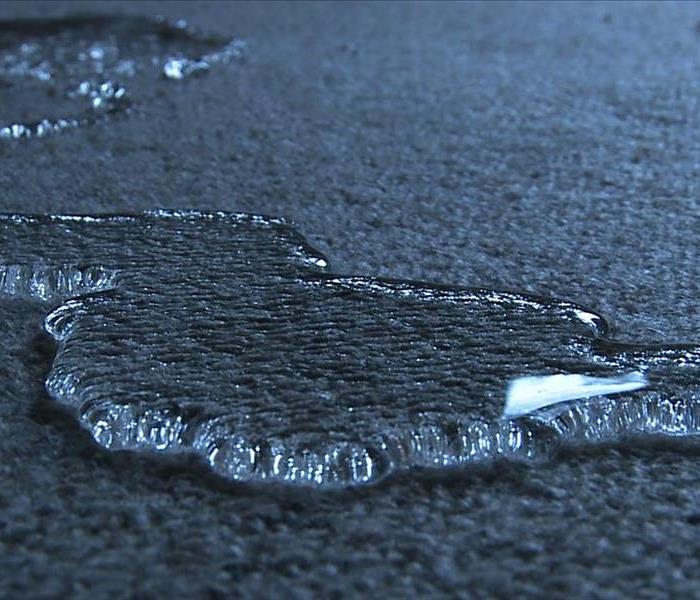Residential Water Damage Restoration
7/25/2016 (Permalink)
Resisdential Water Damage Restoration Service:
From estimation to completion, our experienced team is ready to handle your home’s water damage cleanup and restoration needs. With our help you can rest assured that your assets will be protected and damage kept minimal.
Our trained technicians will use specialized equipment to find out just how severe your water damage problem actually is. Once they’ve evaluated the damage, they’ll get rid of any standing water then begin the drying process.
Steps to take when Water Damage Strikes:
- Act Quickly: The severity of damage escalates the longer water sits and building components and contents stay wet, so time is of the essence in the aftermath of a flood. In fact, mold will grow within 48-72 hours, so aim to start removing water and drying the environment within 48 hours.
- Ventilate affected areas to prevent mold growth: Mold spores love moisture and organic materials such as paper or particleboard. In order to mitigate or slow damage, open windows if weather permits and place fans inside of them to keep air moving and maintain moderate temperatures. Work toward the fan as you clean to minimize cross contamination.
- Assess damage to items and materials: Assess the type of water absorbed by items, such as rainwater, water from broken pipes, contaminated river water or bacteria-filled sewage. There are ways to salvage specialty items but the decision on whether to save or trash an item will vary depending on the dollar and sentimental value to the owner. It may not be worthwhile to salvage drywall, carpets and pads, mattresses, pillows, box springs and particleboard. On the other hand, it might be worthwhile to restore costly Persian rugs, leather couches and antiques or heirlooms. Wet clothing and many household fabrics may be salvageable through machine washing, and a 10-minute soak in detergent and hot water, to remove contamination and stains. The IICRC strongly recommends that in water damages where there are contaminants present (e.g., bacteria, sewage, mold) or where small children or immune-compromised individuals are present that an inspection be conducted by an appropriately trained restorer and remediator.
- Expose pockets of saturation: Hidden and concealed pockets of saturation need to be opened for cleaning and drying. Layers between building materials hold water that must be discovered and removed or dried. On walls, find the water line and inspect at least a foot beyond it to make sure all damage, wet materials and mold are discovered. Remove and discard the damaged drywall and wet wall insulation. Wet carpets can usually be dried by professionals with the right equipment, but carpet padding, which is like a big sponge, should be discarded. Wood base trim and hardwood can also be saved with the right equipment if they can be accessed and completely dried on both sides. Remember to investigate concealed cavities such as behind walls, in mechanical spaces, under cabinets and furniture, and in crawl spaces.
- Confirm drying before reconstruction: In order to prevent dry rot and structural damage, it’s important not to reconstruct or cover wood and other wet materials until the moisture content has been adequately reduced. A water restoration professional can confirm proper drying before reconstruction. Call SERVPRO of Fernandina Beach/Yulee to ensure proper drying has taken place.






 24/7 Emergency Service
24/7 Emergency Service
